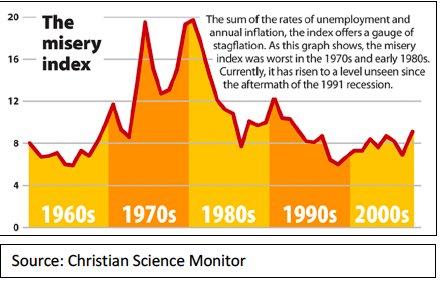The year 2020 has become a meme for the unprecedented. In the midst of an economic recession, and the worst level of unemployment since the Great Depression, the stock market has staged the fastest rebound in its history.
Although the world is still grappling with the COVID 19 virus, many financial commentators are talking about a new bull market in stocks. Over 56 million jobless claims have been filed since the lockdown started in March. During the lockdown, many folks found themselves at home with nothing to do for several months.
Jobless Benefits
Further, many people receiving enhanced unemployment benefits due to the COVID lockdown were making more in unemployment benefits than they had been while working.
Sports entertainment and betting plays a role in many Americans’ lives. With sports events postponed or cancelled, those at home turned to the stock market for entertainment and gambling. The war cry of these newly minted day traders was it’s a ‘generational buying opportunity!’ There has not been this much excitement over the money to be made in the stock market since the Internet bubble of the year 2000.
The news media was filled with stories of kids opening Robin Hood brokerage accounts and making more than their parents. Dave Portnoy, or Davie Day Trader Global, as he is known, has become the social icon and lead general of this movement.
Real Economy
In the second quarter, there was much talk in the media of a V shaped recovery. We did in fact get a V shaped recovery—in the stock market. The real economy continues to be burdened by people out of work, folks saving in anticipation of continued uncertainty, and a record number of businesses filing for bankruptcy.

The slowdown has resulted in the shutdown or curtailment of production in basic materials. Everything from oil to food production has been affected. And, though economic demand remains muted, in my view we are starting to see an increase of prices at the gas pump and at the grocery store. The last time we saw stagflation of this kind was in the 1970s.
Gold
During that time, gold, commodities and real estate did well. Anything, in fact, that was a tangible asset did well. Stocks and bonds, on the other hand, performed very poorly. By 1982, at the end of this period, nobody wanted to buy stocks and bonds were widely referred to as “certificates of confiscation.”
A staggering amount of stimulus has been introduced intothe economy. The Fed has provided liquidity by expanding its balance sheet by over $2 trillion. Congress, not to be left behind, has provided roughly $3 trillion in increased benefits and loans that may be forgiven. Most of this stimulus took place in the first quarter and the early part of the second quarter.
Now as we enter the third quarter, the temporary benefits are beginning to roll off. The loans that were originally billed as support for small businesses have mainly gone to larger, more well-connected companies. The country is in the process of re-opening up and the stock market is at all-time highs. The urgency for further stimulus is diminished and this leaves an opening for politicians to posture for and against further measures. When we take into account that we are in the midst of campaign season for the presidency and Congress, in my opinion it is unlikely that anything productive happens.
Historically, the worst months of the year for the stock market are August and September, according to my research. In an election year, we usually see weakness from August into the end of the year. With the stock market at all-time highs, unemployment at all-time highs, and economic stimulus receding the situation is ripe for disappointment.
Photo Credit: thenails via Flickr Creative Commons
Disclosure: Certain of the information contained in this article is based upon forward-looking statements, information and opinions, including descriptions of anticipated market changes and expectations of future activity. The author believes that such statements, information, and opinions are based upon reasonable estimates and assumptions. However, forward-looking statements, information and opinions are inherently uncertain and actual events or results may differ materially from those reflected in the forward-looking statements. Therefore, undue reliance should not be placed on such forward-looking statements, information and opinions


